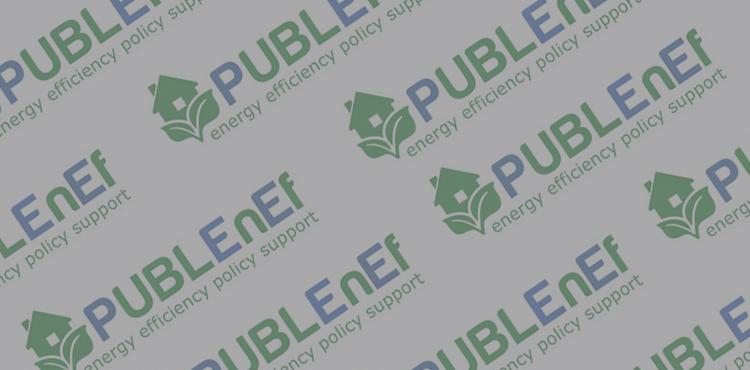
Implemented by: Provence-Alpes-Côte-d’Azur
The programme provides technical and/or financial assistance to exemplary and innovative actions towards energy savings and renewable energy sources. It uses annual and permanent calls for projects, some of which are permanent and others sectorial. The idea is to support a large variety of initiatives stemming from many different stakeholders (public bodies, local authorities and professionals representing enterprises) by using a participatory approach. The organization of this approach at the regional level makes it possible to obtain a global vision of local initiatives, to pool projects and thus gain more in terms of impact than the sum of individual projects. The programme was initiated to compensate for the development of the ITER nuclear energy project, with the following policy: for each euro invested in ITER, 1€ will be invested for energy efficiency and renewable energy. The second period of the programme (from 2011 onwards) was financed from the region and not from ITER but it still helped implementing and developing energy efficiency and renewable energy.
The project cost is € 1.8 billion with a return on investment (RoI) of 7-8 years. The budget set by the region for this programme was € 70 M for the 2007-2010 period (AGIR) and € 60 M for the 2011-2014 period (AGIR +).
NEEDS ADDRESSED:
• no EE policy public sector strategic goals with defined targets at national level
(Art. 3)
• the government hasn't any programme in place to carry out energy efficient renovations on at least 3% of the buildings they own and occupy by floor area
(Art. 5)
• there isn't any programme for conducting energy audits in the public sector at national, regional or local level (Art. 8)
• energy audits doesn't include both technical and financial feasibility assessments (Art. 8)
• financing facilities aren't established for energy efficiency improvement measures (Art. 20)
• European financial institutions aren't utilised for financing and technical support schemes (Art. 20)
• the National Fund isn't accessed and utilised by the public sector (Art. 20)
• financing facilities aren't established for energy efficiency improvement measures (Art. 20)
• innovative financing mechanisms aren't used (Art. 20)
• Insufficient information on training possibilities (Art. 17)
• Insufficient information on energy technologies (Art. 17)
• Insufficient information on legal and administrative aspects (Art. 17)
• Insufficient information on financial tools (Art. 17)
• Insufficient information on technical tools (Art. 17)
• lack of in-house expertise about energy technologies (Art. 17)
• lack of in-house expertise about financial tools (Art. 17)
• absence of automatic tools supporting EE measures development (Art. 17)
• absence of software supporting EE measures development (Art. 17)
• support organisations have insufficient competency and knowledge (Art. 17)
• absence of guidelines & handbooks supporting EE measures development
• inadequate information on best energy efficiency practices (Art. 17)
• absence of support organisations in your territory addressing energy efficiency matters (Art. 17)
• lack of clear and easily accessible information on available energy service contracts and clauses (Art. 18)
• lack of clear and easily accessible information on financial instruments, incentives, grants and loans (Art. 18)
• there aren't any support available to the public sector in taking up energy service offers, in particular for building refurbishment (Art. 18)
• no access to model contracts for energy performance contracting (Art. 18)
• lack of information on best practices for energy performance contracting, including, if available, cost-benefit analysis using a life-cycle approach (Art. 18)
• no qualitative review in the framework of the National Energy Efficiency Action Plan regarding the current and future development of the energy services market has been completed (Art. 18)
• no measures in place to remove the regulatory and non-regulatory barriers that impede the uptake of energy performance contracting (Art. 18)
• the public sector doesn't use energy service companies, and energy performance contracting (Art. 18)
• Insufficient in-house expertise about energy technologies (Art. 17)
• Insufficient in-house expertise about financial tools (Art. 17)
• Insufficient in-house expertise about technical tools (Art. 17)



